‘EAT THE KIMONO’, Performance Against Patriarchy
A 1989 documentary follows dancer Genshu Hanayagi as she charges her traditional performance with militant feminism.
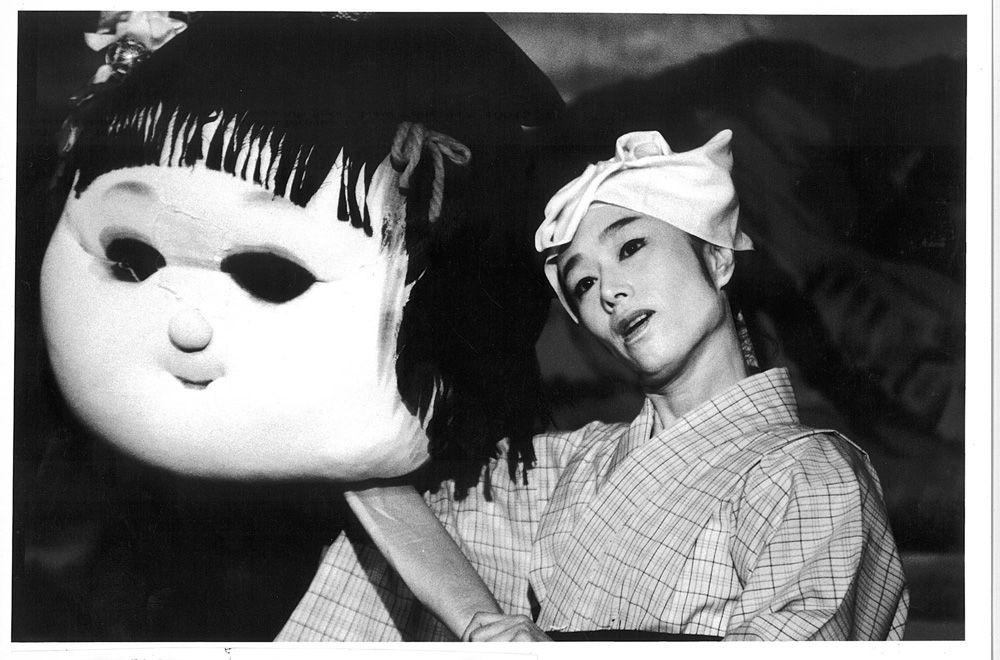
‘Eat the Kimono’, Courtesy of WMM.
Even through her precise steps and slow twirls, the bold personality of performance artist Genshu Hanayagi leaks out on stage. Filmed by Claire Hunt and Kim Longinotto in the documentary EAT THE KIMONO, her elegant poise reflects a life-long immersion into Nihon-buyo, a form of classical dance influenced by ancient customs, noh, and kabuki. But beyond chaotic back-stage costume changes, lively exchanges with audience members, TV appearances and private moments, she radiates her spirit as an outspoken activist and controversial feminist. She speaks directly to the camera—‘You mustn’t be eaten by the kimono. You must eat the kimono, gobble it up.’
A Deviant Dance
An actress, writer, activist, and dancer, Genshu Hanayagi’s artistic mission began in her youth amongst a travelling theatre troupe. After making several appearances in the erotic cinema of ‘pink films’, she joined Nihon-buyo’s famous Hanayagi school to become a definitive star. Yet from there began her work as a radical feminist. Above all, she campaigned fiercely against the Iemoto system of Japan’s traditional arts, a hierarchical, familial structure that centralises the heritage of such practices under a single patriarchal figure. Writing several books, as her movement amped up she even received death threats from right-wing groups. With her position of urgency for action, on a couple of occasions her radical position even caused her to be placed under arrest.
In the mainstream media, controversy quickly built up around Genshu Hanayagi’s name. Meanwhile, her independent performances, still steeped in the exquisite beauty of the Japanese arts, were endowed with great socio-political importance. She sang melancholic pieces about hardships faced by single mothers, performed choreographic routines on the unbalanced nature of Japan’s romantic relationships, shared stages with queer artists, and exchanged dialogues with local audiences through humour.
The Flickers of a Frolic
Immersed in tradition while staunchly defying it, the complicated figure of Genshu Hanayagi is revealed with the greatest transparency through the observational techniques of Claire Hunt and Kim Longinotto. The two filmmakers are experienced in depicting issues of sexuality in Japan, the latter involved in producing Shinjuku Boys, a lauded documentary on Tokyo’s transgender host culture. As with EAT THE KIMONO, the omittance of advance scripting lends power to the voices carried through their film, allowing their multifaceted protagonists to be depicted with clarity and integrity.
Living her whole life on stage, getting a truthful image of Genshu Hanayagi requires a filmic angle of openness and patience—one capable of absorbing her controlled charisma whilst seeing through the contextual frameworks that she must also navigate. But in our direct encounter with her, the motives behind her life-long battle emerge alongside her commitment to performance for manifesting change.
EAT THE KIMONO (1989) a documentary directed by Claire Hunt and Kim Longinotto is available for home video and educational purchases from Women Make Movies.
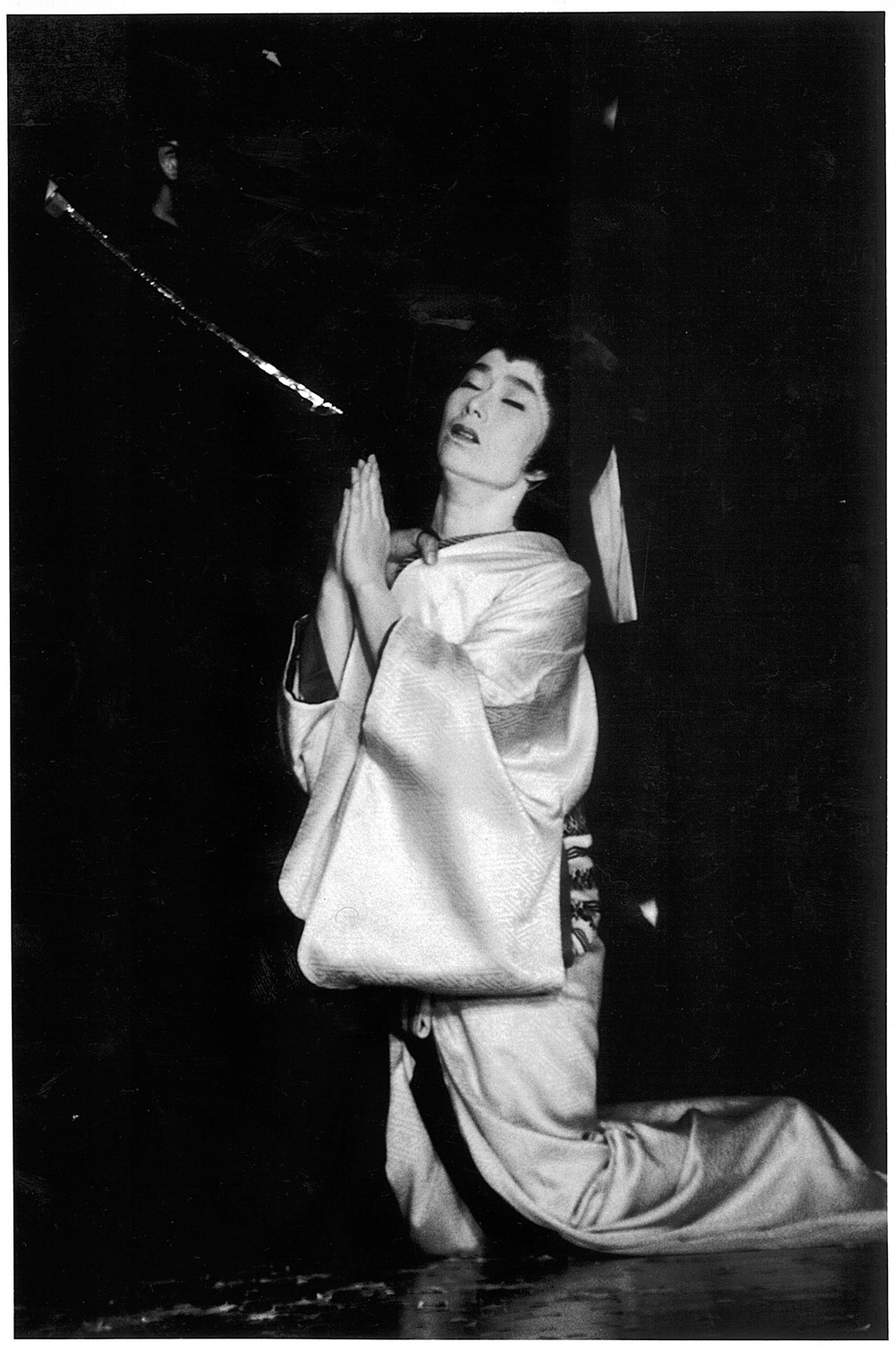
‘Eat the Kimono’, Courtesy of WMM.
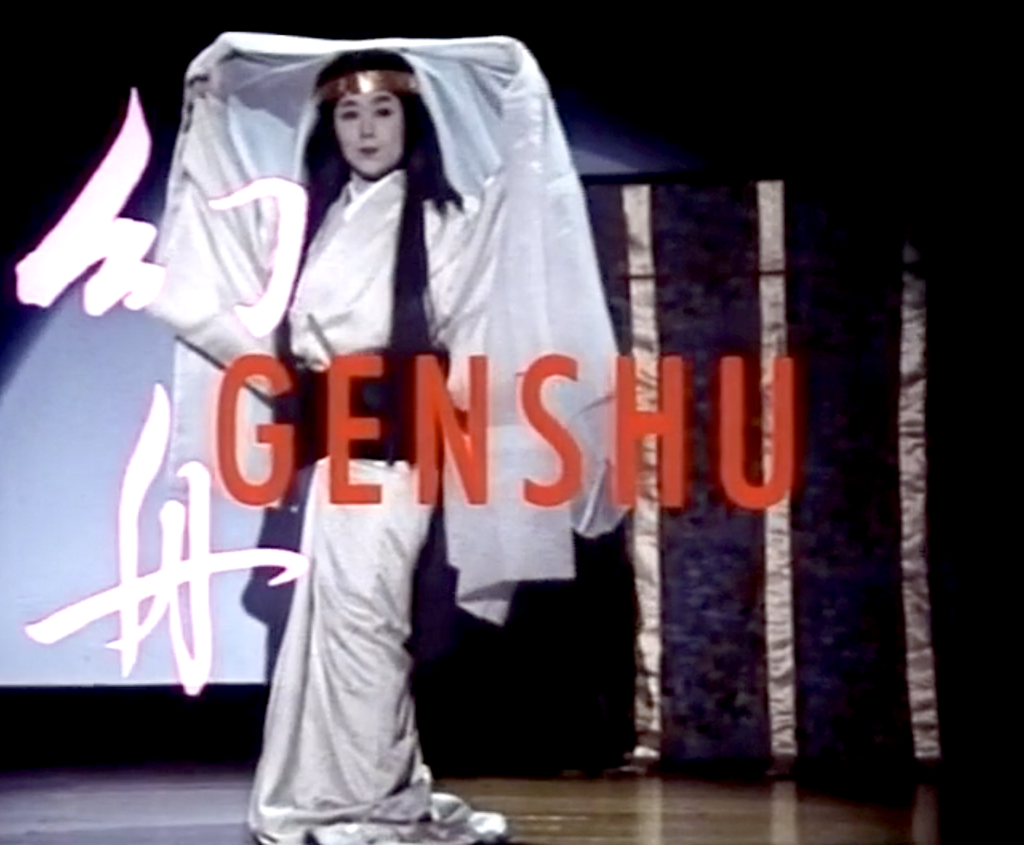
‘Eat the Kimono’, Courtesy of WMM.
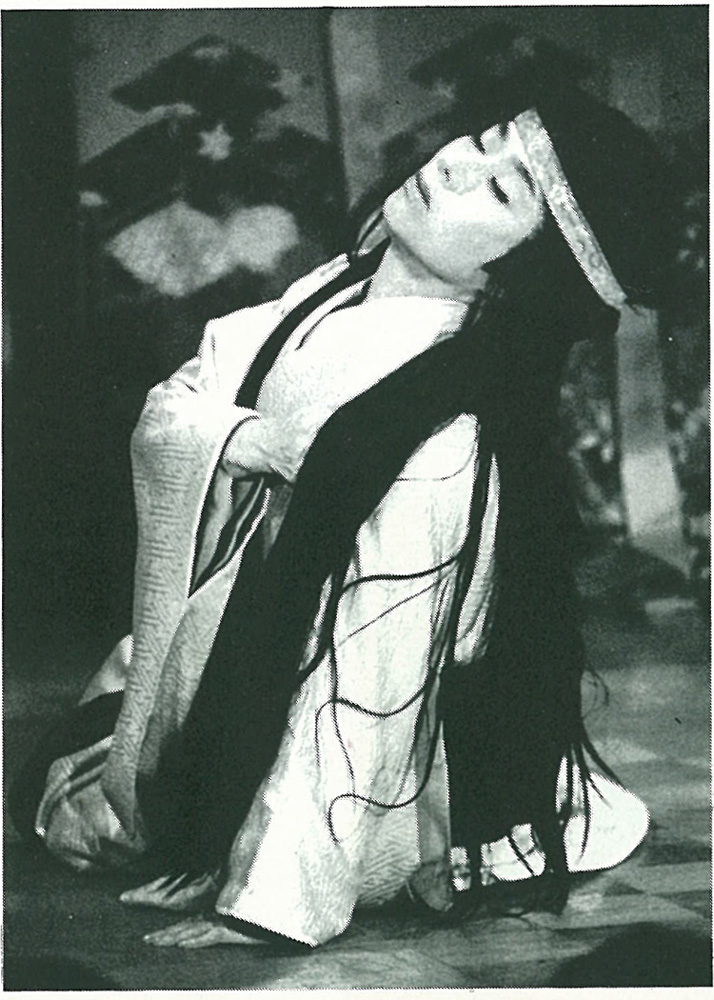
‘Eat the Kimono’, Courtesy of WMM.
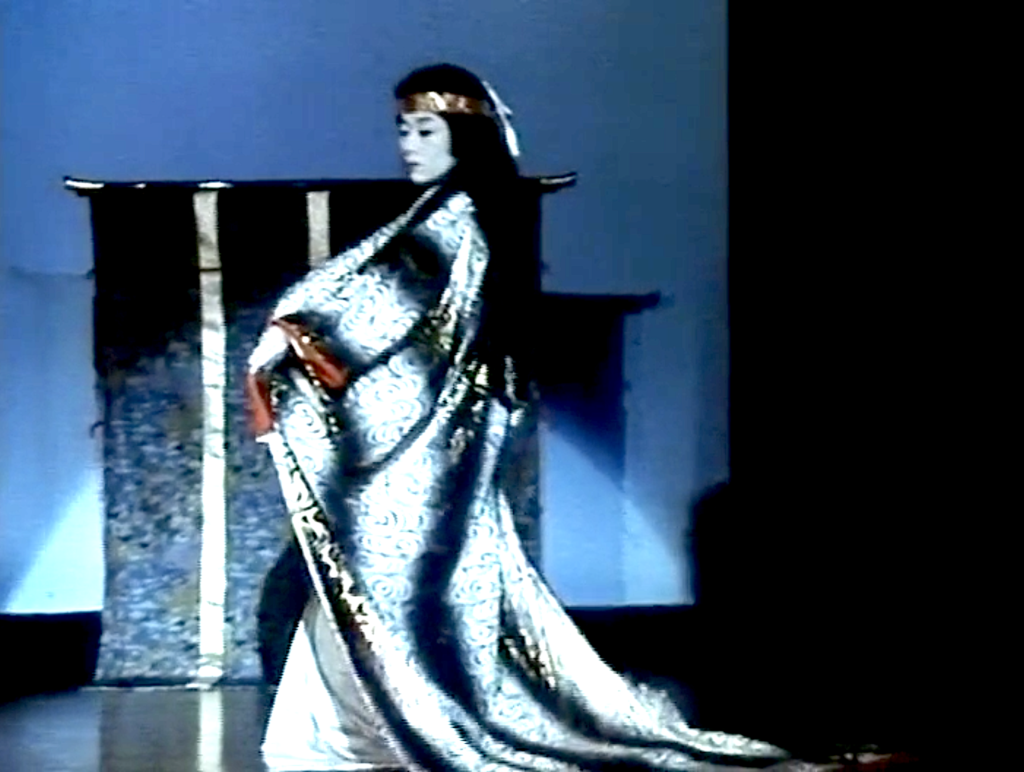
‘Eat the Kimono’, Courtesy of WMM.
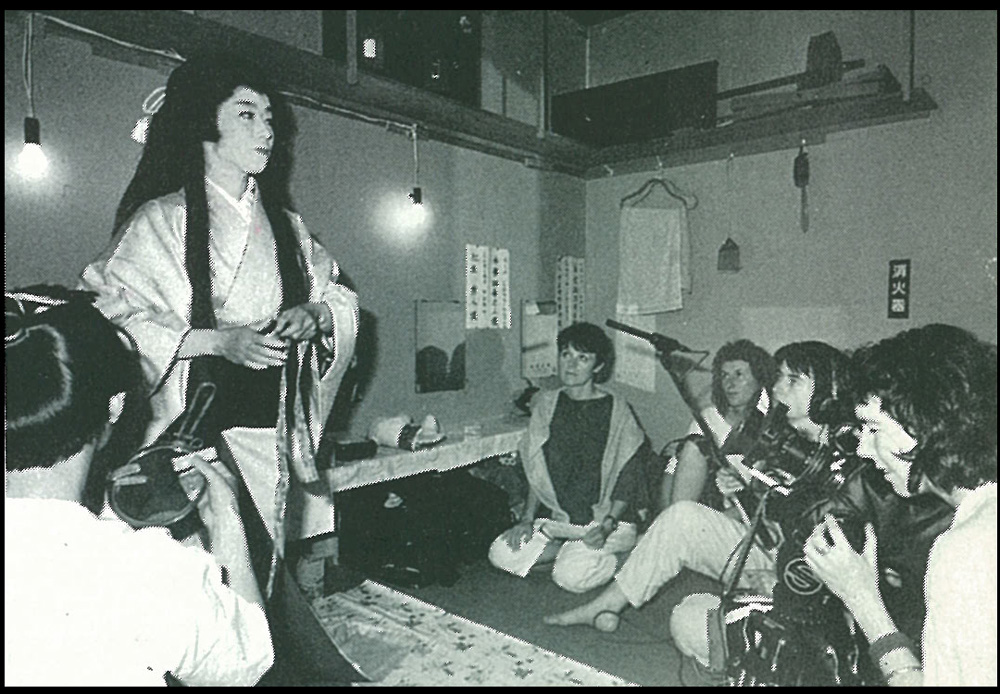
‘Eat the Kimono’, Courtesy of WMM.
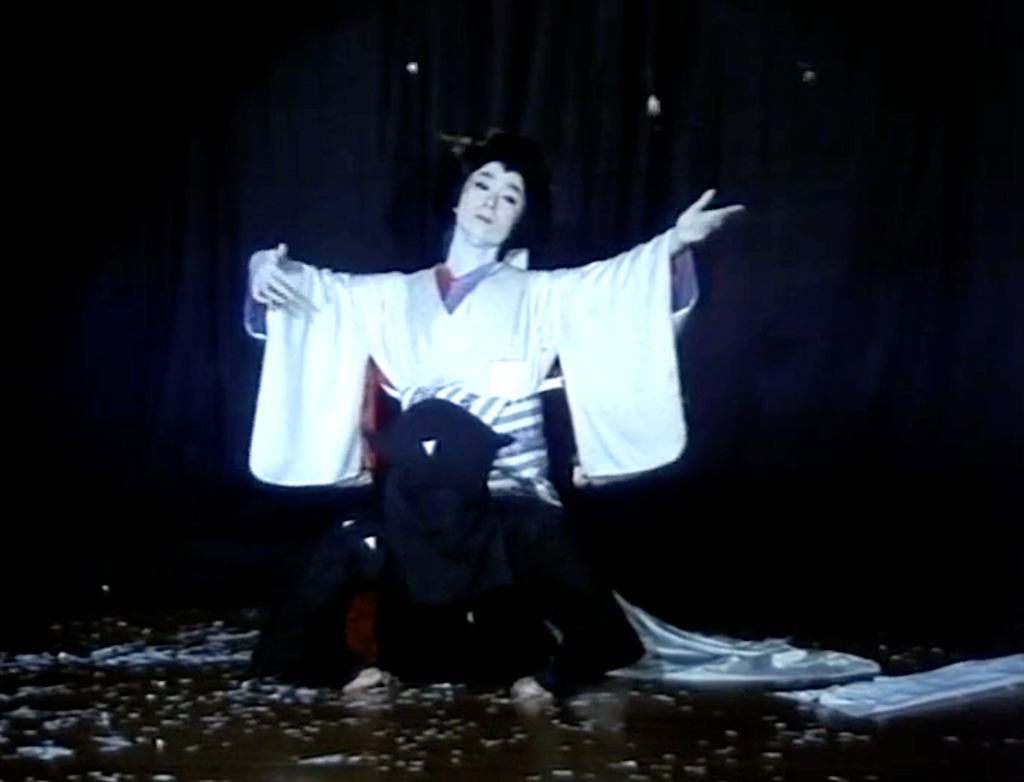
‘Eat the Kimono’, Courtesy of WMM.
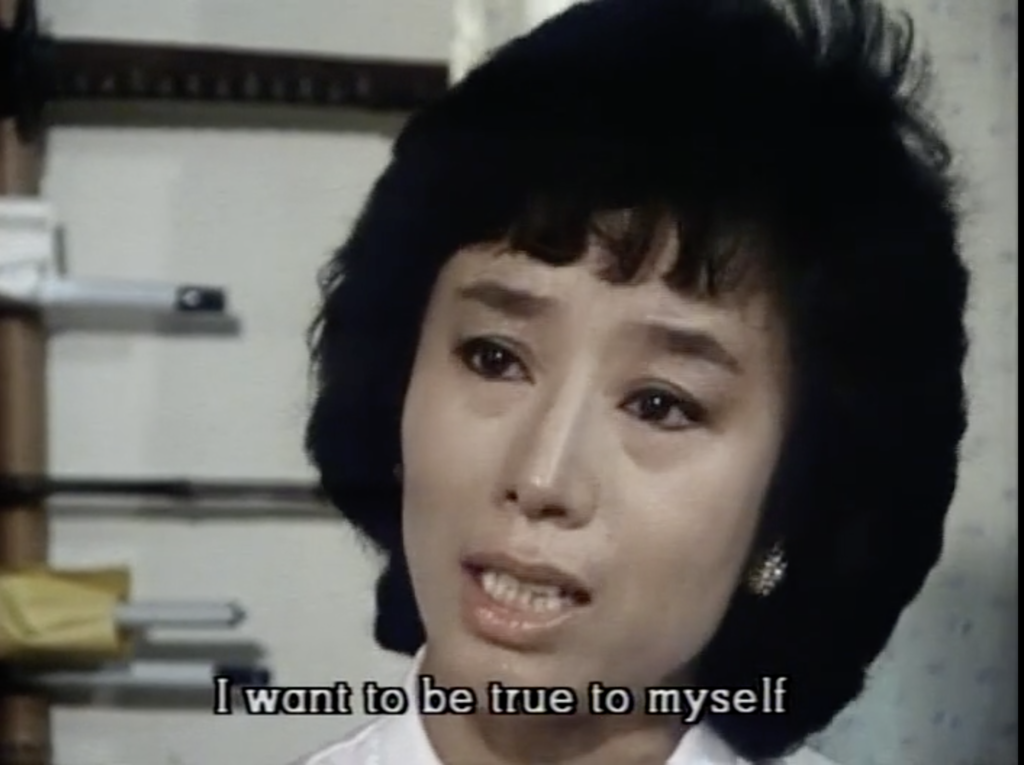
‘Eat the Kimono’, Courtesy of WMM.
TRENDING
-
Ishiuchi Miyako, A Singular Perspective on Women
Recipient of the 2024 Women in Motion Award, the photographer creates intimate portraits of women through the objects they left behind.

-
Recipe for Ichiraku Ramen from ‘Naruto’ by Danielle Baghernejad
Taken from the popular manga with the character of the same name who loves ramen, this dish is named after the hero's favourite restaurant.

-
Namio Harukawa, Master of Japanese SM Art
'Garden of Domina' offers a dive into the world of an icon of ‘oshiri’, whose work has now reached a global audience.

-
The Tattoos that Marked the Criminals of the Edo Period
Traditional tattoos were strong signifiers; murderers had head tattoos, while theft might result in an arm tattoo.

-
The Emperor of Japanese Porn is Now the Star of a Netflix Series
Deliciously funny, The Naked Director especially succeeds in reviving the atmosphere that was so characteristic of 1980s Japan.





